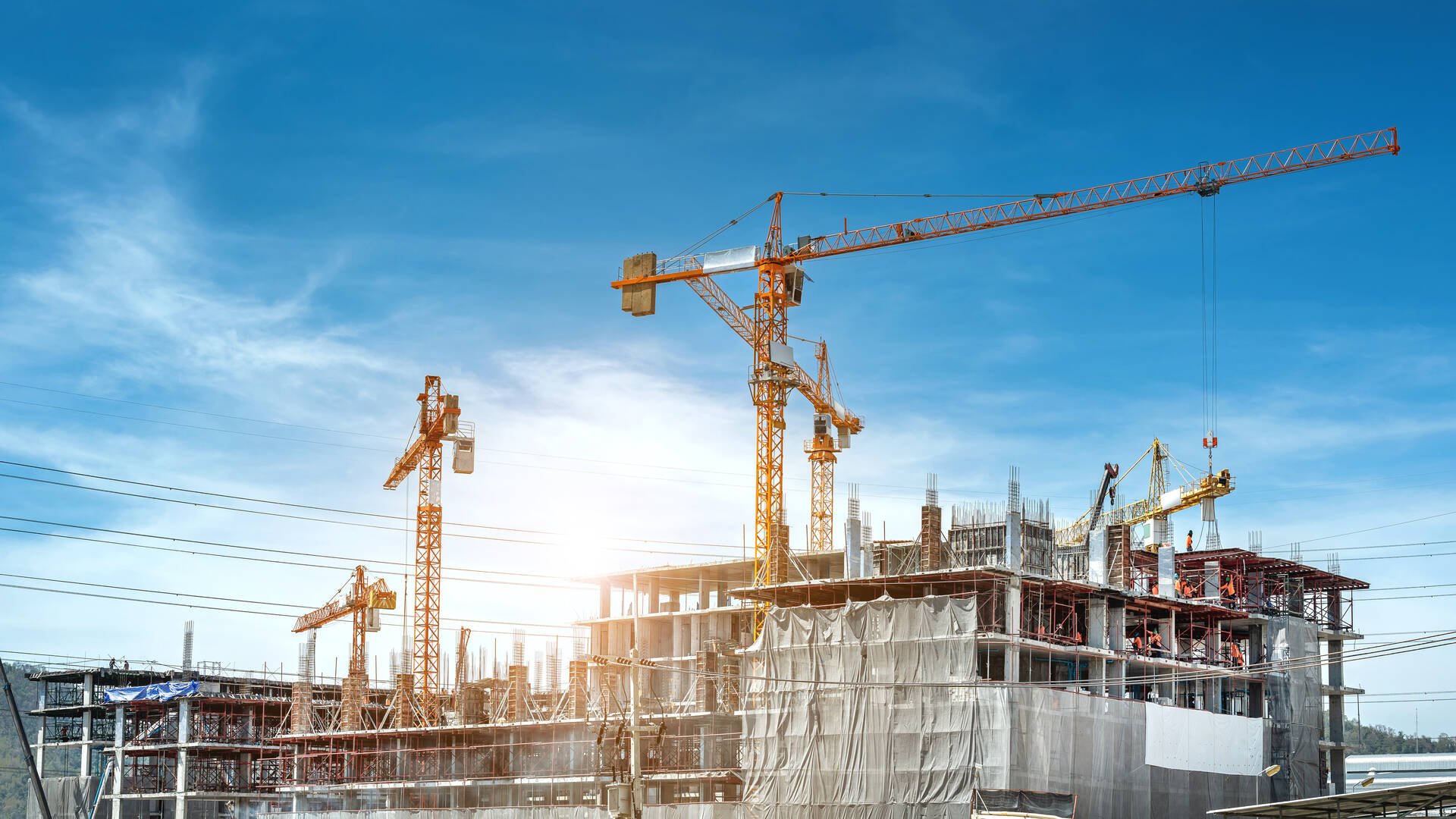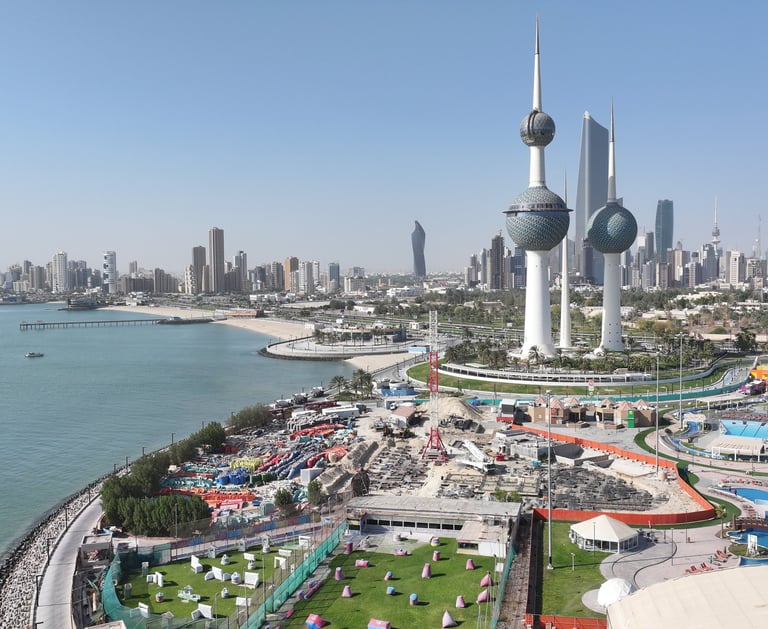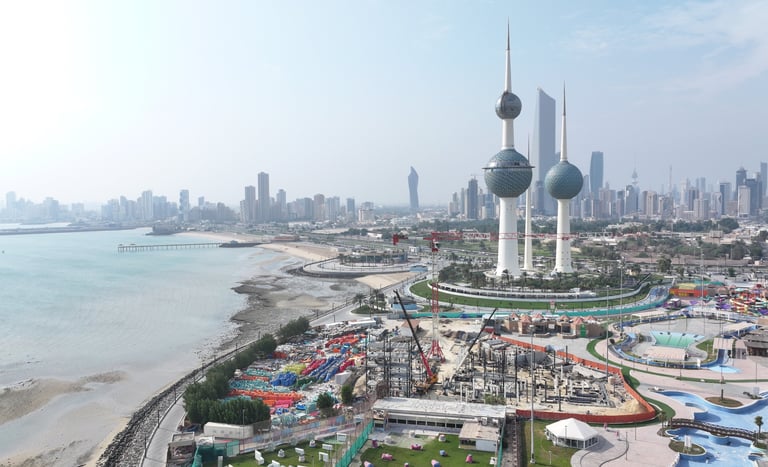
The Evolution of Construction Timelapse: From Film to 4K Digital
Discover how construction timelapse has transformed from its humble beginnings with film cameras to today’s cutting-edge 4K digital systems. In this in-depth article, Orbit Aerials traces the remarkable journey of timelapse photography in the construction industry—exploring the challenges of early film-based methods, the game-changing shift to digital, and the revolutionary impact of artificial intelligence and modern imaging technology.
Orbit Aerials
7/15/20236 min read

The construction industry has witnessed a remarkable transformation in project documentation over the past two decades, with timelapse photography emerging as one of the most powerful tools for capturing the intricate dance of development from groundbreaking to completion. What began as a novel application of film photography has evolved into a sophisticated digital ecosystem that provides unprecedented insights into construction processes, project management, and stakeholder communication.
The Dawn of Construction Timelapse Photography
The concept of timelapse photography in construction can be traced back to the early 1900s when pioneering photographers began experimenting with interval photography to document the construction of major infrastructure projects. The technique, which involves capturing individual frames at set intervals and then playing them back at normal speed to compress time, offered a unique perspective on the gradual transformation of landscapes and structures.
In the early days of construction timelapse, photographers relied on mechanical film cameras equipped with intervalometers—devices that could trigger the camera shutter at predetermined intervals. These early systems were cumbersome, requiring frequent film changes and manual adjustments for varying light conditions. The process was labor-intensive and expensive, limiting its use to only the most significant construction projects such as skyscrapers, bridges, and major public works.
The film era of construction timelapse was characterized by several significant limitations. Film stock was expensive, and processing costs added substantial overhead to any documentation project. Weather protection for equipment was primitive, often consisting of basic weatherproof housings that provided minimal protection against the harsh conditions typical of construction sites. Perhaps most critically, there was no way to preview or adjust the timelapse sequence until the film was developed, meaning that technical issues or composition problems could only be discovered after weeks or months of shooting.
Despite these challenges, early construction timelapse projects produced some iconic documentation of major building projects. The construction of the Empire State Building in 1930-1931 was one of the first major projects to be extensively documented using timelapse techniques, creating a visual record that remains compelling nearly a century later. These early projects established the fundamental value proposition of construction timelapse: the ability to compress months or years of construction activity into minutes of compelling visual narrative.








The Digital Revolution Transforms Construction Documentation
The transition from film to digital photography in the late 1990s and early 2000s marked a watershed moment for construction timelapse photography. Digital cameras eliminated the ongoing costs of film and processing while providing immediate feedback on image quality and composition. This fundamental shift made timelapse photography accessible to a much broader range of construction projects, from small residential developments to major infrastructure initiatives.
Early digital timelapse systems were often adapted from existing digital cameras, with external intervalometers providing the timing control necessary for consistent image capture. These systems represented a significant improvement over film-based approaches, but they still required substantial technical expertise to operate effectively. Camera settings had to be manually adjusted for changing light conditions, and data storage limitations meant that memory cards needed to be changed regularly on long-term projects.
The introduction of purpose-built construction timelapse cameras in the mid-2000s represented another significant leap forward in the technology. Companies like Brinno and ATLI began developing cameras specifically designed for the unique requirements of construction documentation. These specialized devices incorporated weather-resistant housings, extended battery life, automatic exposure adjustment, and large-capacity storage systems that could operate unattended for weeks or months.
Integration of Ai and Machine Learning
The latest generation of construction timelapse systems is beginning to incorporate artificial intelligence and machine learning capabilities that promise to further revolutionize the field. AI-powered image analysis can automatically identify and track specific construction activities, equipment, and personnel, providing quantitative data about project progress and resource utilization.
Machine learning algorithms can analyze thousands of construction timelapse images to identify patterns and anomalies that might not be apparent to human observers. These systems can detect when construction activities deviate from planned schedules, identify potential safety issues, and even predict equipment maintenance requirements based on usage patterns visible in the timelapse imagery.
Automated image processing is another area where AI is making significant contributions. Modern systems can automatically adjust color balance, contrast, and exposure across thousands of images to create seamless timelapse sequences that maintain visual consistency despite changing weather and lighting conditions. This automation significantly reduces the time and expertise required for post-production processing.
Aerial Timelapse Capabilities
Drones today are capable of providing timelapse autonomous data capture workflows that allow for precise image geolocation which supports accurate timelpse reconstruction.

Impact on project management and stakeholder communication
The evolution of construction timelapse technology has had profound implications for project management practices and stakeholder communication strategies. Modern timelapse systems provide project managers with an unprecedented level of visibility into construction activities, enabling more informed decision-making and proactive problem-solving.
Regular timelapse imagery allows project managers to identify potential issues before they become critical problems. Delays in specific construction phases become immediately apparent when viewed in accelerated time, allowing for rapid intervention and schedule adjustments. The visual nature of timelapse documentation also facilitates communication between different project stakeholders who may have varying levels of technical expertise.
For client communication, timelapse imagery provides a compelling and easily understood representation of project progress. Clients can see exactly how their investment is being transformed into physical reality, creating a stronger emotional connection to the project and greater confidence in the construction team's capabilities. This visual documentation is particularly valuable for projects with remote or international stakeholders who cannot regularly visit the construction site.
Insurance and legal applications represent another important dimension of modern construction timelapse documentation. The detailed visual record provided by timelapse systems can be invaluable in resolving disputes about construction methods, timeline compliance, or damage claims. Many insurance companies now recognize the value of timelapse documentation and offer premium discounts for projects that maintain comprehensive visual records.
Technical Considerations for Modern Timelapse Deployment
Successful deployment of modern construction timelapse systems requires careful consideration of numerous technical factors that have evolved significantly from the early days of film-based documentation. Camera positioning remains one of the most critical decisions, as the selected viewpoint will determine the effectiveness of the entire documentation effort.
Modern timelapse cameras offer a wide range of lens options, from ultra-wide angle lenses that can capture entire construction sites to telephoto lenses that can focus on specific construction activities from distant vantage points. The choice of lens focal length must balance the need for comprehensive site coverage with the desire for sufficient detail to identify specific construction activities and equipment.
Weather protection has evolved from simple waterproof housings to sophisticated environmental control systems. Modern camera enclosures incorporate heating elements to prevent condensation, cooling systems to protect electronics during extreme heat, and advanced sealing systems that maintain protection while allowing for lens cleaning and maintenance access.
Power management represents another critical technical consideration. While solar charging systems have become increasingly reliable, the power requirements of modern 4K cameras with cellular connectivity can be substantial. Proper system sizing requires careful analysis of local weather patterns, seasonal variations in solar availability, and the specific power consumption characteristics of the selected camera system.
Data management has become increasingly complex as image quality and capture frequency have increased. A single 4K timelapse camera can generate hundreds of gigabytes of data per month, requiring robust storage and backup strategies. Cloud-based storage systems offer the advantage of automatic backup and remote access, but they also require reliable internet connectivity and can incur substantial ongoing costs for large projects.
Enlapse Cameras
State of the art digital technology for time lapse capture leveraging Ai embeded models.

Future Trends and Emerging Technologies
The future of construction timelapse technology promises even more dramatic advances as emerging technologies mature and become commercially viable. 8K resolution cameras are beginning to appear in professional markets, offering four times the detail of current 4K systems. While the storage and processing requirements for 8K imagery are substantial, the technology promises to provide unprecedented detail for construction documentation applications.
Virtual and augmented reality integration represents another frontier for construction timelapse applications. VR systems can immerse viewers in the construction process, allowing them to experience the transformation of a site from a first-person perspective. AR applications can overlay planned construction activities onto real-time or timelapse imagery, providing powerful tools for project planning and progress monitoring.
Drone integration is becoming increasingly sophisticated, with automated drone systems capable of capturing coordinated aerial and ground-based timelapse sequences. These systems can provide multiple perspectives on construction activities while maintaining the consistency and reliability required for long-term documentation projects.
The integration of Internet of Things (IoT) sensors with timelapse systems promises to add quantitative data to visual documentation. Temperature, humidity, air quality, and noise level sensors can provide context for construction activities visible in timelapse imagery, creating a more comprehensive record of site conditions and their impact on construction progress.
Orbit Aerials specializes in comprehensive construction documentation services, including state-of-the-art timelapse photography systems. Contact us to learn how modern timelapse technology can enhance your next construction projec

Location
Burj Al Tujjar
Kuwait City, Kuwait
Hours
Sunday-Thursday 9:00-16:00
Contacts
+965 991 11 397
info@orbitaerials.com

